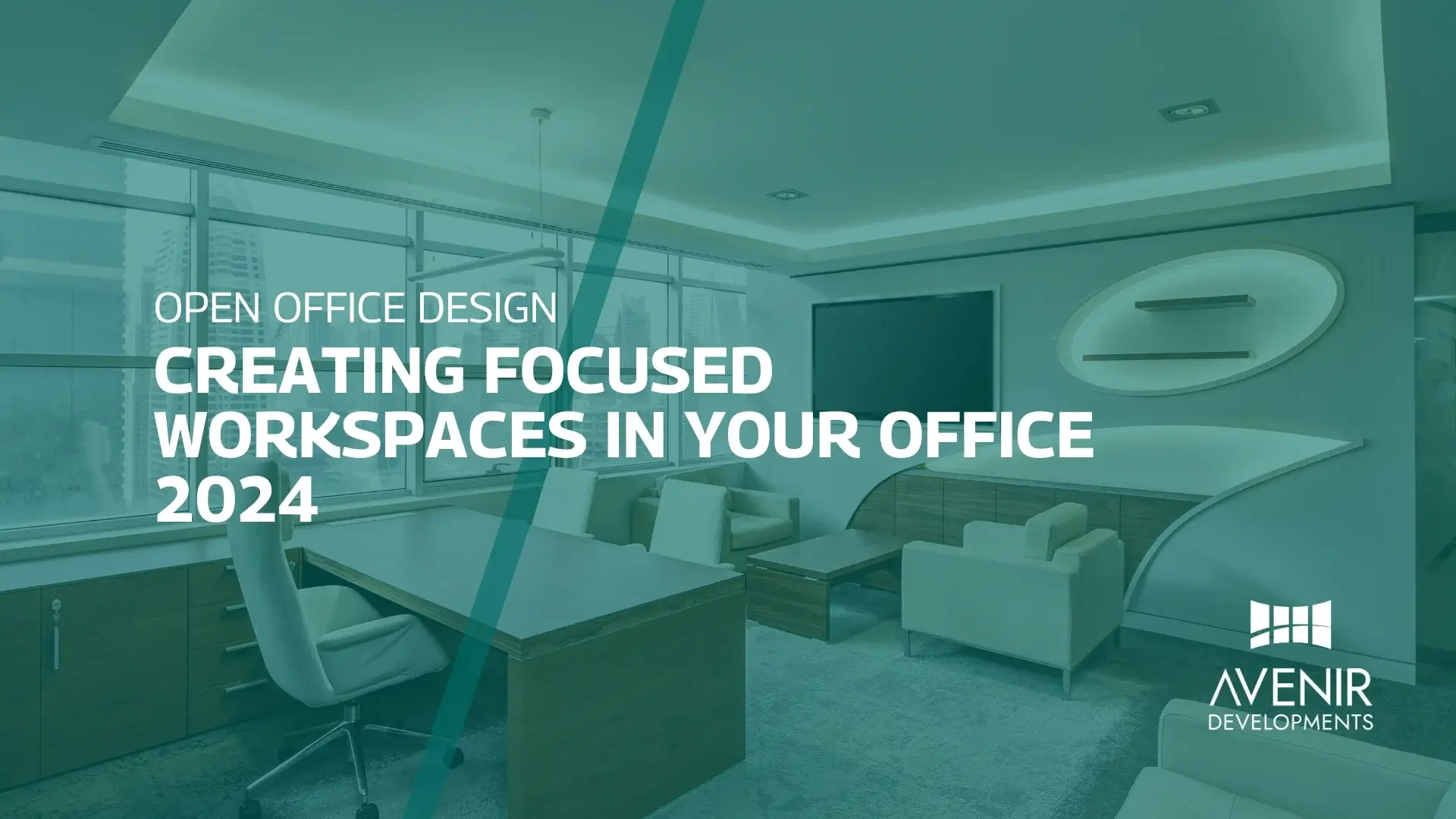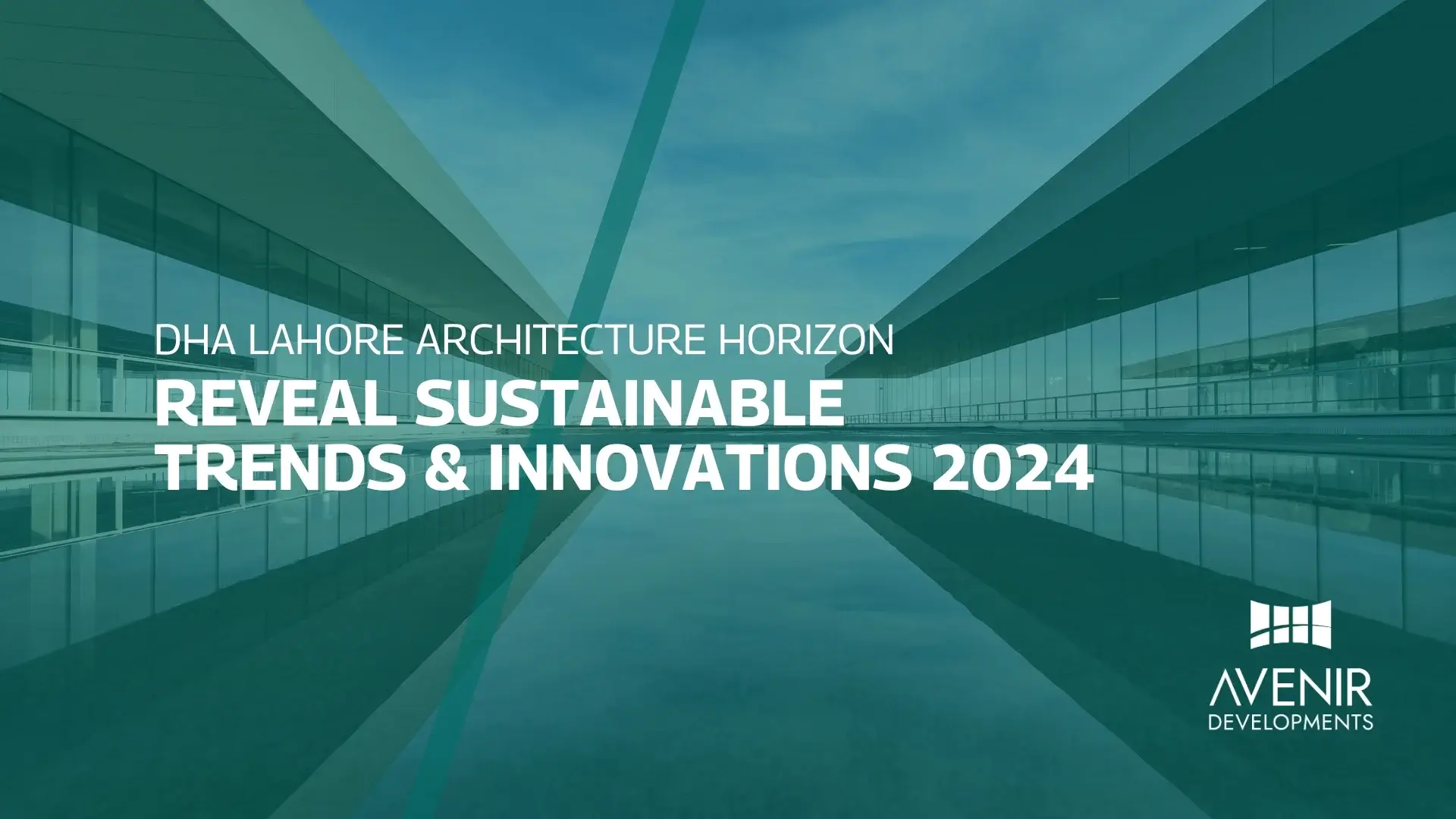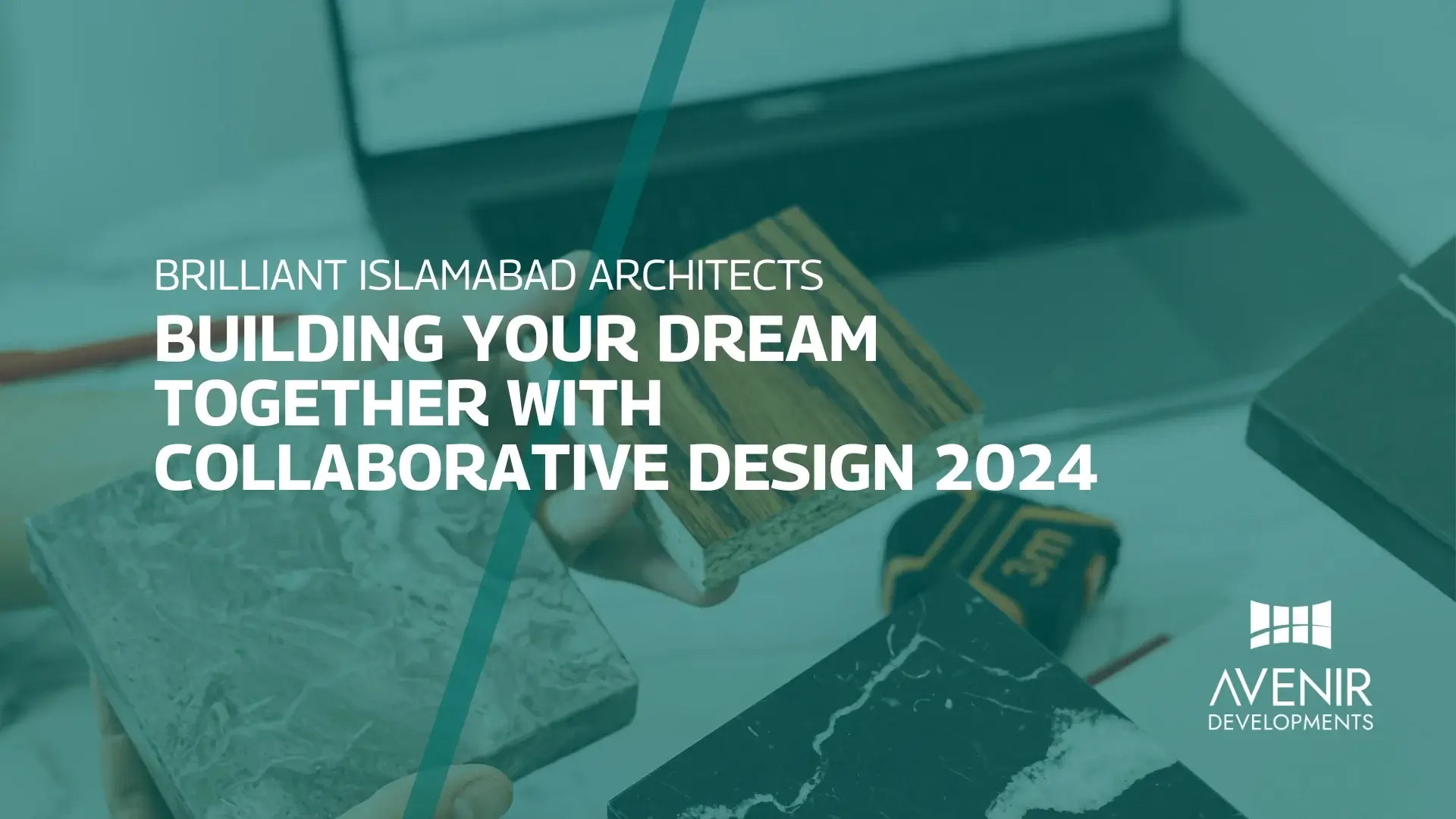For many of you who follow my blog, you know I’m a sucker for a good design. Whether it’s a captivating new restaurant popping up in Lahore or a breathtaking architectural marvel taking shape on the horizon, I’m always drawn to the visual symphony of form, space, and function. Recently, I stumbled upon something that truly amplified this fascination – the world of architectural rendering.
Imagine this: you have a vision for your dream home, a sprawling office complex, or a vibrant new public space. But how do you translate that vision from the ethereal realm of your mind’s eye into something tangible, something that can be shared with clients, investors, or even just your curious neighbor? That’s where rendering comes in, acting as a bridge between imagination and reality.
Delving into the Depths: What is Rendering and Why Does it Matter?
In essence, architectural rendering is the process of creating two-dimensional or three-dimensional images from a digital model. These images, often referred to as “renders,” can be incredibly realistic, showcasing intricate details like textures, lighting, and even the play of natural light on surfaces.
The history of architectural rendering is as fascinating as the art form itself. Traditionally, architects relied on hand-drawn sketches and paintings to communicate their ideas. While these methods have a certain charm, they can be time-consuming and limit the level of detail that can be conveyed. With the advent of computer technology, 3D modeling software emerged, revolutionizing the way architects present their designs.
Here’s why rendering matters:
- Enhanced Communication: Renders provide a clear and concise way to communicate complex design ideas to clients, stakeholders, and the general public.
- Design Iteration and Refinement: The ability to visualize a design in detail allows architects to iterate and refine their ideas before construction begins, saving time and resources.
- Marketing and Sales Tool: High-quality renders are a powerful marketing tool, helping developers and architects showcase their projects in the most attractive light, attracting potential clients and investors.
- Immersive Experiences: With the rise of virtual reality (VR) technology, renders can be used to create immersive experiences, allowing viewers to virtually “walk through” a proposed design.
The Cutting Edge: Latest Trends and Developments in Rendering
The world of rendering is constantly evolving, with new technologies and trends emerging all the time. Here’s a glimpse into what’s hot in the industry:
- Real-Time Rendering: This technology allows for instant visualization of design changes, enabling architects to make adjustments on the fly and receive immediate feedback.
- Photorealism: Rendering software is becoming increasingly sophisticated, capable of producing images that are virtually indistinguishable from real photographs.
- Virtual Reality (VR) Integration: As mentioned earlier, VR is transforming the way architects and clients experience designs. By putting on a VR headset, viewers can be transported into a fully realized virtual environment, allowing them to interact with the design in a whole new way.
- Sustainability Visualization: Rendering is being used to visualize the sustainability features of a design, such as energy efficiency and natural lighting. This information can be crucial for clients who are making environmentally conscious decisions.
Demystifying the Process: FAQs about Architectural Rendering
Here are some of the most common questions I get about architectural rendering:
Q: What software is used for architectural rendering?
A: There are a number of popular 3D modeling and rendering software programs available, such as Autodesk Revit, 3ds Max, V-Ray, and Enscape. The best software for a particular project will depend on the specific needs and budget.
Q: How much does architectural rendering cost?
A: The cost of architectural rendering can vary depending on the complexity of the project, the level of detail required, and the experience of the renderer. However, it’s generally considered a worthwhile investment, as it can save time and money down the road.
Q: Do I need an architect to create a rendering?
A: While architects are skilled in using rendering software, there are also freelance rendering specialists available. The best option for you will depend on your specific needs and budget.
Unlocking Your Inner Renderer: Expert Tips and Tricks
Now that you have a solid understanding of the basics, let’s delve into some practical tips that can help you get the most out of architectural rendering:
- Start with a Clear Vision: Before you start rendering, take the time to clearly define your design goals and target audience. This will help you determine the level of detail and style required for your renders.
- Invest in High-Quality Assets: The quality of your renders will be directly affected by the quality of the assets you use, such as 3D models, textures, and materials. Don’t skimp on these elements!
- Master the Art of Lighting: Lighting is one of the most important aspects of creating realistic renders. Experiment with different lighting setups to achieve the desired mood and atmosphere.
- Pay Attention to Detail: The small details can make a big difference in the overall quality of your renders. Take the time to add things like reflections, shadows, and imperfections to create a sense of realism.
- Composition is Key: Just like any good photograph, your renders should have a strong composition. Think about leading lines, rule of thirds, and negative space to create visually pleasing images.
- Post-Processing Magic: Don’t underestimate the power of post-processing. There are a number of techniques you can use to enhance your renders, such as color correction, adding bloom, and lens flares.
- Practice Makes Perfect: The more you practice rendering, the better you will become. Don’t be afraid to experiment and try new things.
By now, you should have a good understanding of the world of architectural rendering, from its history and significance to the latest trends and practical tips. Here are the key takeaways:
- Architectural rendering is a powerful tool that can be used to communicate design ideas, iterate and refine designs, and market and sell projects.
- New technologies like real-time rendering, photorealism, VR integration, and sustainability visualization are pushing the boundaries of what’s possible.
- With a bit of knowledge and practice, you can create high-quality renders that will take your design presentations to the next level.
Ready to bring your architectural vision to life?
Avenir Developments, a leading architecture, interior design, property development, and home building company here in Lahore, can help! Our team of experienced professionals utilizes cutting-edge rendering technology to create stunning visuals that will leave a lasting impression.
Want to discuss your project and see how rendering can benefit you?
Contact Avenir Developments today on WhatsApp or call +923001101103 for a free consultation. We’d be happy to answer any questions you have and help you take your project to the next level.
Together, let’s turn your architectural dreams into stunning realities!







